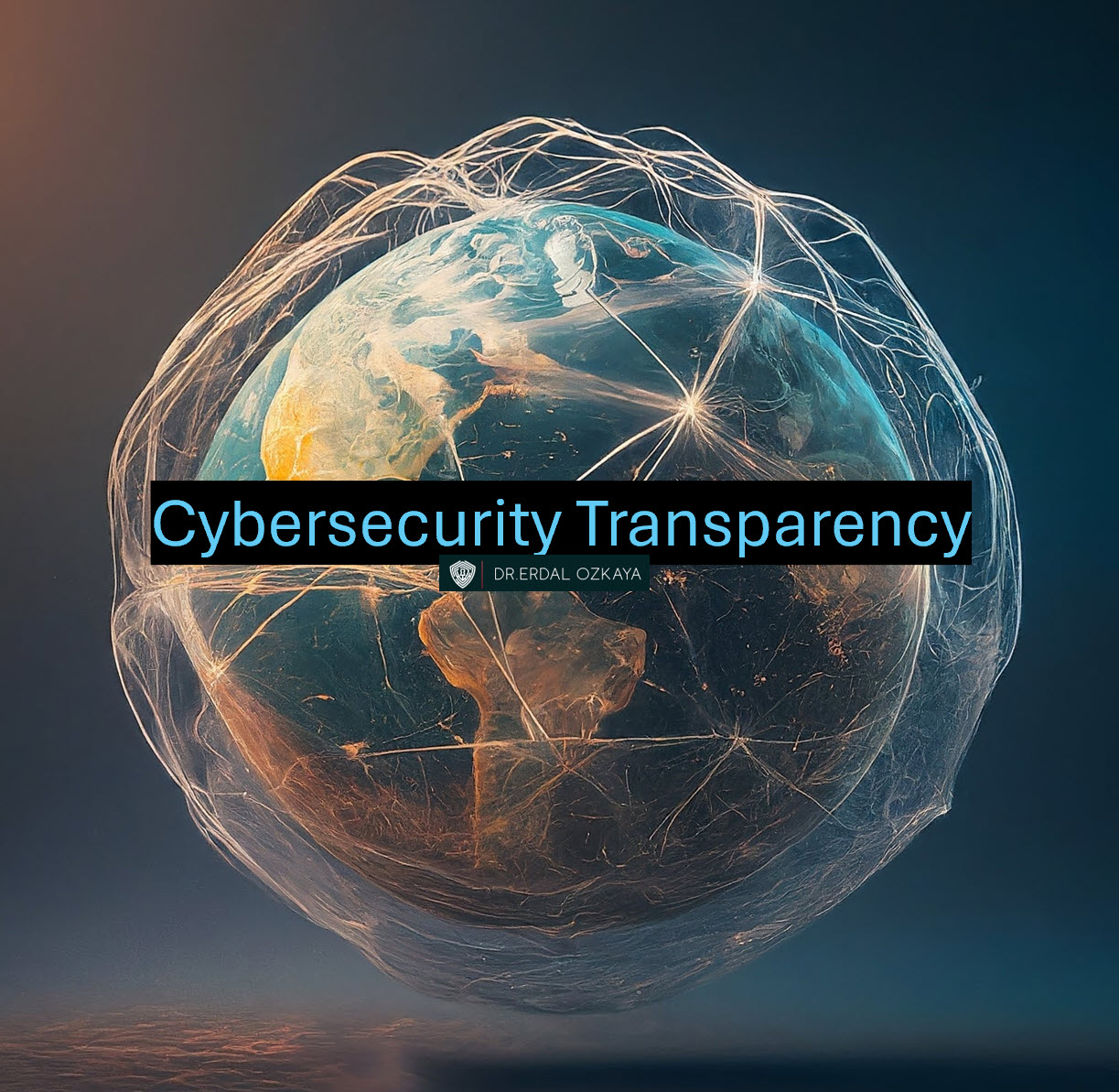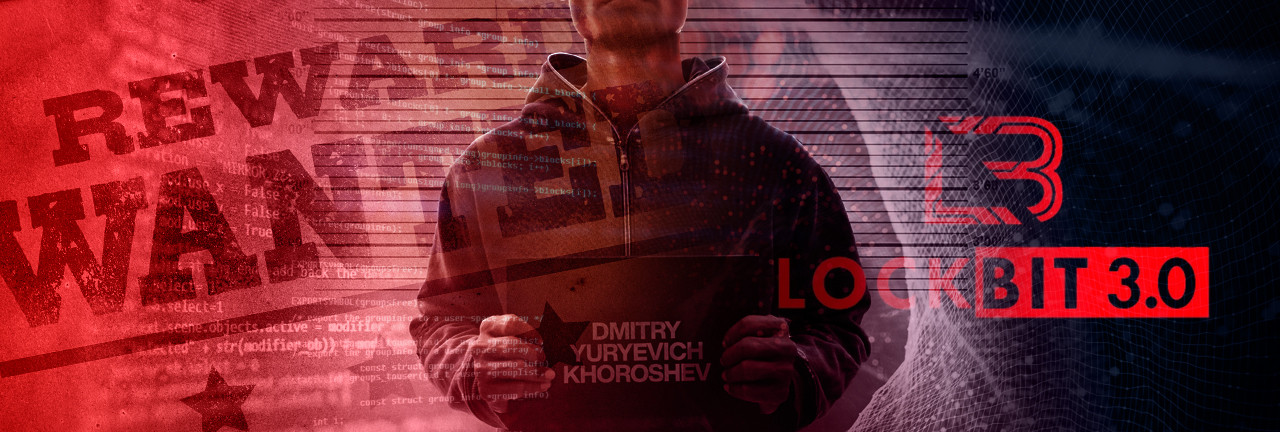

Cybersecurity Transparency
As I travel, I’m often asked about the idea of “cybersecurity transparency.” My mentor, Melih Abdulhayoglu , CEO of MAVeCap , is a passionate advocate for this concept. He believes that cybersecurity vendors have a responsibility to be transparent about metrics related to customer breaches – a stance that aligns with the mission of the Cyber Transparency Forum.
What is Cybersecurity Transparency and why do we need it ?
In a nutshell, cybersecurity transparency is about being open and honest about cybersecurity risks, incidents, and the measures an organization takes to protect itself. This includes:
The need for transparency in cybersecurity is important for several reasons:
1. Building Trust:
Breach disclosure: Being open about security incidents, their impact, and the steps taken to mitigate them helps maintain trust with customers, stakeholders, and the public. It shows a commitment to responsibility and minimizes the spread of misinformation.
Communicating risk: Transparency about potential vulnerabilities and threats helps individuals and organizations understand the risks involved and make informed decisions about their security practices.
2. Collaborative Problem-Solving:
Sharing best practices: Organizations can learn from each other’s successes and failures, raising the overall security bar.
Vulnerability disclosure: Working responsibly with researchers to disclose and patch vulnerabilities strengthens software and systems for everyone.
Collective defense: Sharing threat intelligence builds a wider security community, protecting everyone involved.
3. Enabling Accountability:
Clear expectations: Transparency about cybersecurity policies, standards, and regulations fosters a culture of accountability.
Informed decision-making: Stakeholders can make better risk management decisions when they have accurate and detailed information about a company’s security posture.
Driving improvement: Transparency allows us to see where problems exist, incentivizing organizations and the industry as a whole to improve.
4. Combating Misinformation:
Countering bad actors: Transparent communication about cybersecurity incidents helps minimize panic and the spread of incorrect information that attackers might exploit.
Educating the public: Proactively sharing information about cybersecurity threats and best practices promotes a more informed and resilient public.
Important Considerations:
Transparency should always be balanced with the need to protect sensitive information that, if released, could create additional risks. It’s about finding the right level of disclosure to foster trust and accountability while still maintaining effective security.
The time for cybersecurity transparency is now. I would like to invite all Cybersecurity Vendors to join the Cybersecurity Transparency Initiative: So we can shape the Future of Trust together. The future of cybersecurity depends on vendors to stepping up and embracing transparency.
Best Regards
Erdal
Infinite Mindset vs. Finite Mindset in Cybersecurity
Read the blog post here









